Eco-Friendly Cozy Tiny House: The Perfect Sustainable Retreat
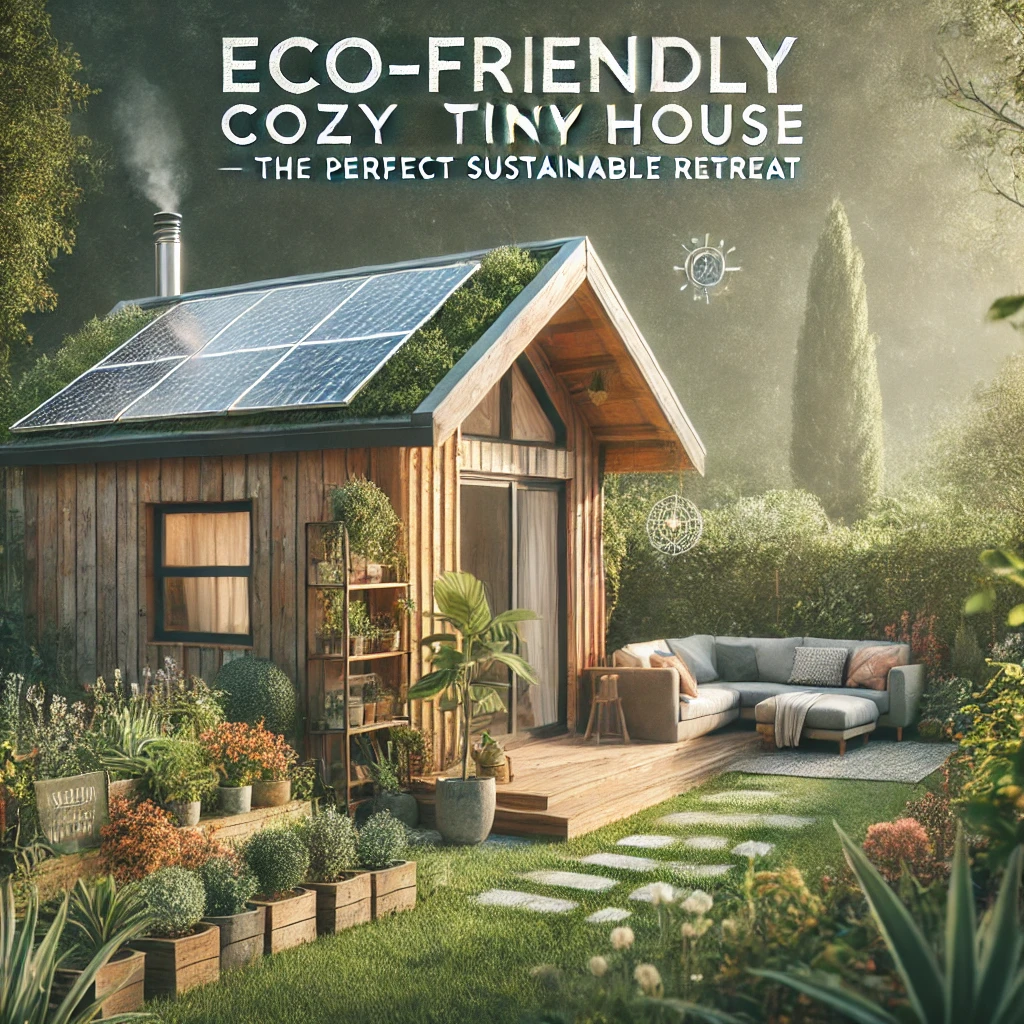
- Introduction
- Choosing Sustainable Materials
- Maximizing Energy Efficiency
- Water Conservation and Management
- Eco-Friendly Decor and Furniture
- Sustainable Living Practices
- Why Go Eco-Friendly with Your Tiny House?
- Final Thoughts
Introduction
In a world where sustainability is no longer a choice but a necessity, eco-friendly cozy tiny houses have emerged as the perfect solution for those looking to reduce their environmental footprint without compromising comfort. Tiny houses aren’t just a trend—they’re a lifestyle revolution. But how do you combine coziness with sustainability in a space so compact? Here’s your complete guide to building an eco-friendly tiny house that’s as kind to the planet as it is to your wallet.
Choosing Sustainable Materials
Building a tiny house starts with selecting materials that are both eco-friendly and durable. Bamboo, reclaimed wood, cork, and recycled metal are excellent choices. These materials not only reduce waste but also give your home a unique, rustic charm.
Looking for more budget-friendly tips for building your tiny house? Check out this comprehensive guide for valuable insights.

Maximizing Energy Efficiency
Tiny houses consume far less energy than traditional homes, but you can make yours even more efficient with these tips:
For more sustainable living ideas, don’t miss this eco-friendly living guide.
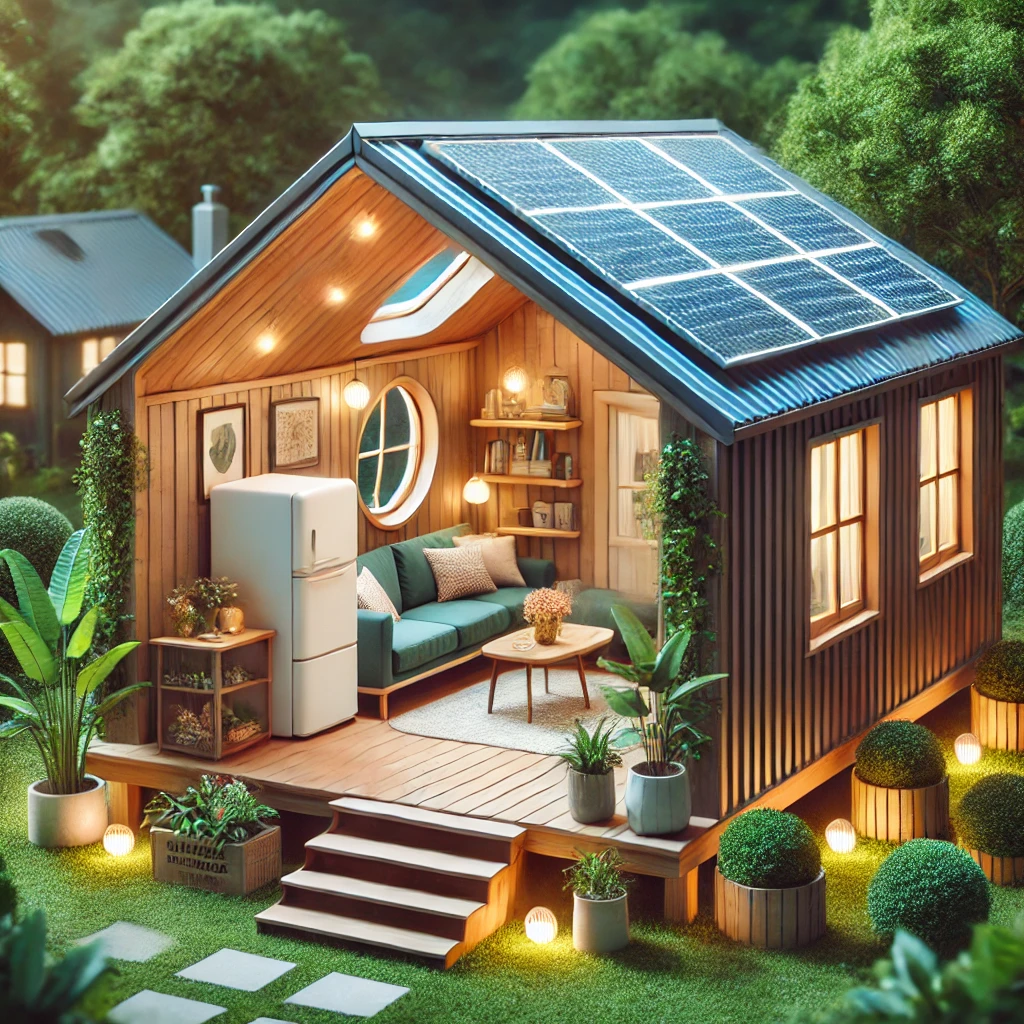
Water Conservation and Management
An eco-friendly tiny house must address water use effectively. Install low-flow faucets and showerheads, and consider a rainwater harvesting system. Composting toilets are another great option, significantly reducing water consumption while contributing to sustainability.
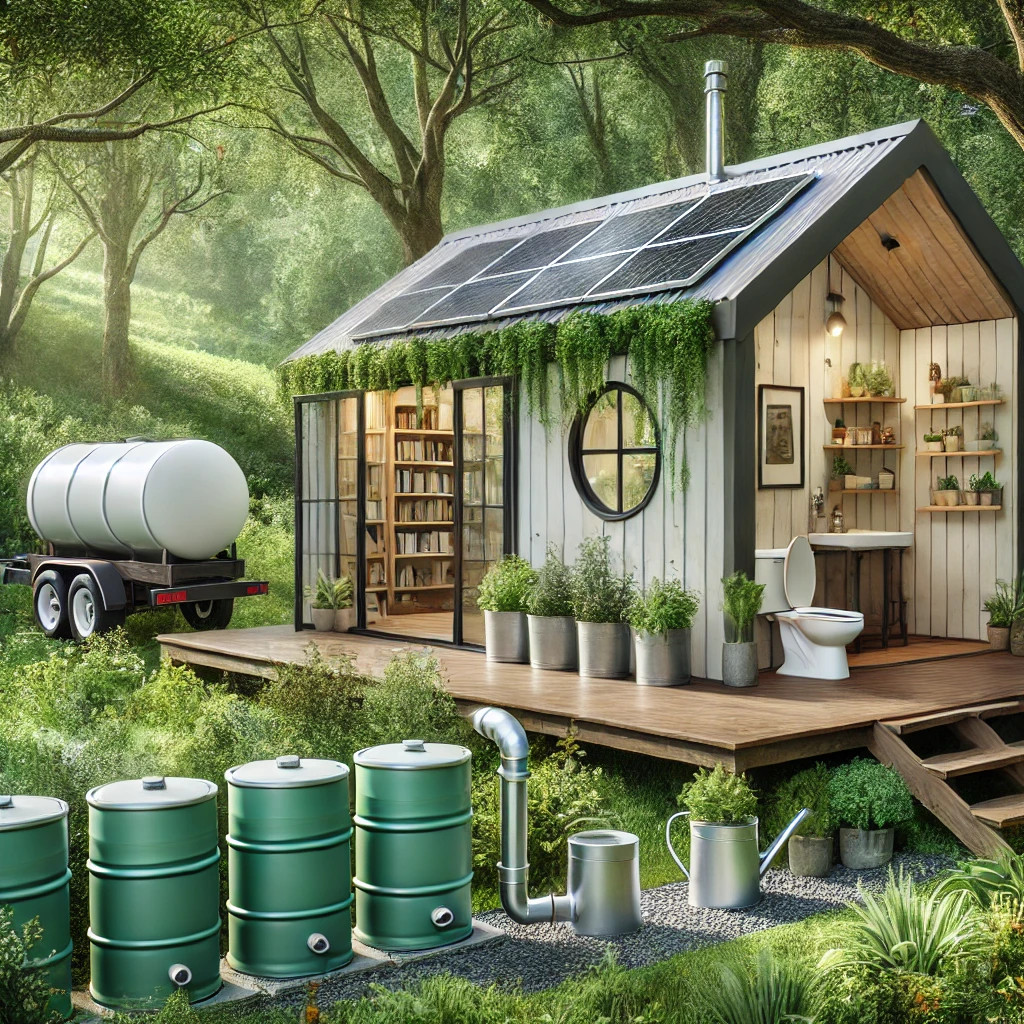
Eco-Friendly Decor and Furniture
Your tiny home should reflect your values, even in its interior design. Look for furniture made from recycled or upcycled materials. Multi-functional furniture pieces, like a sofa that doubles as a bed or tables with built-in storage, are perfect for optimizing space while staying green.
Learn how to save money while creating a stylish and functional home in this step-by-step guide.
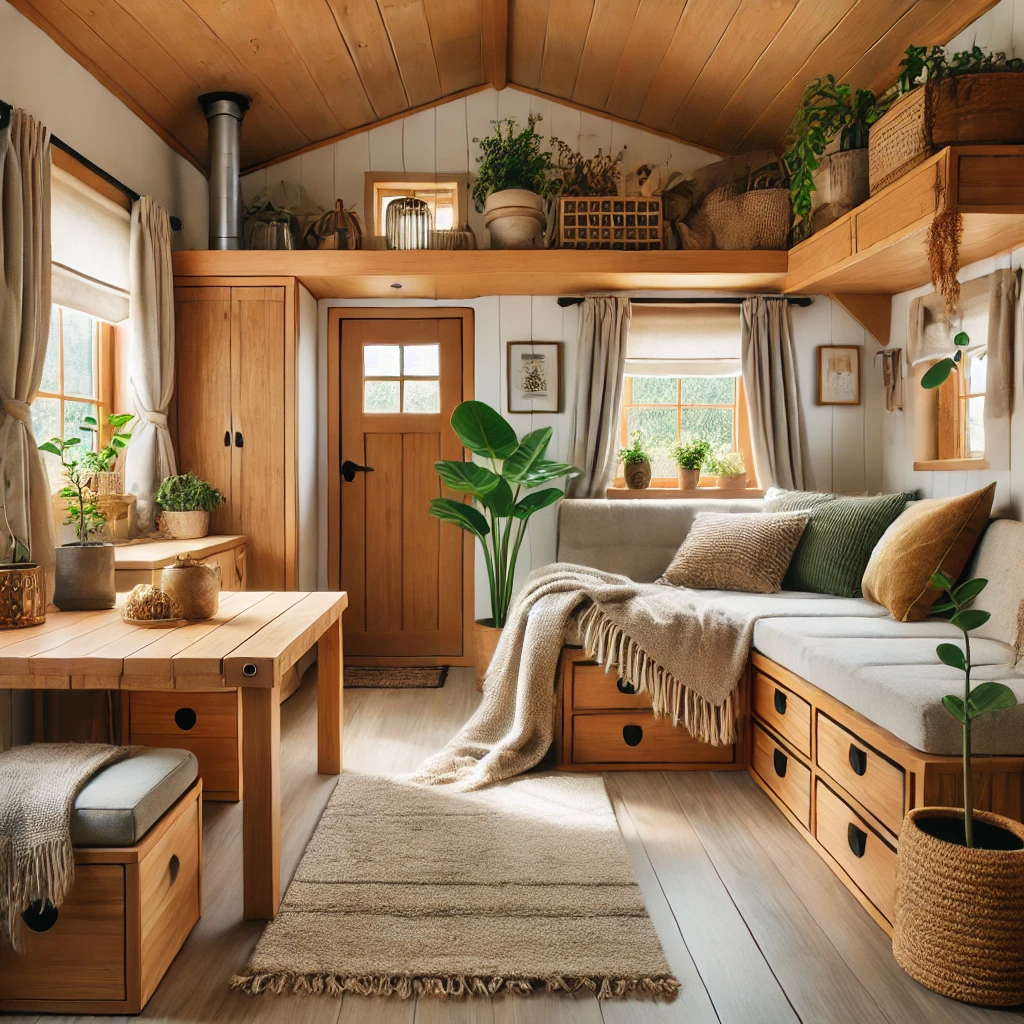
Sustainable Living Practices
Eco-friendly tiny house living isn’t just about construction—it’s about how you live every day. Here are some practices to adopt:
Why Go Eco-Friendly with Your Tiny House?
Living in an eco-friendly cozy tiny house offers countless benefits:
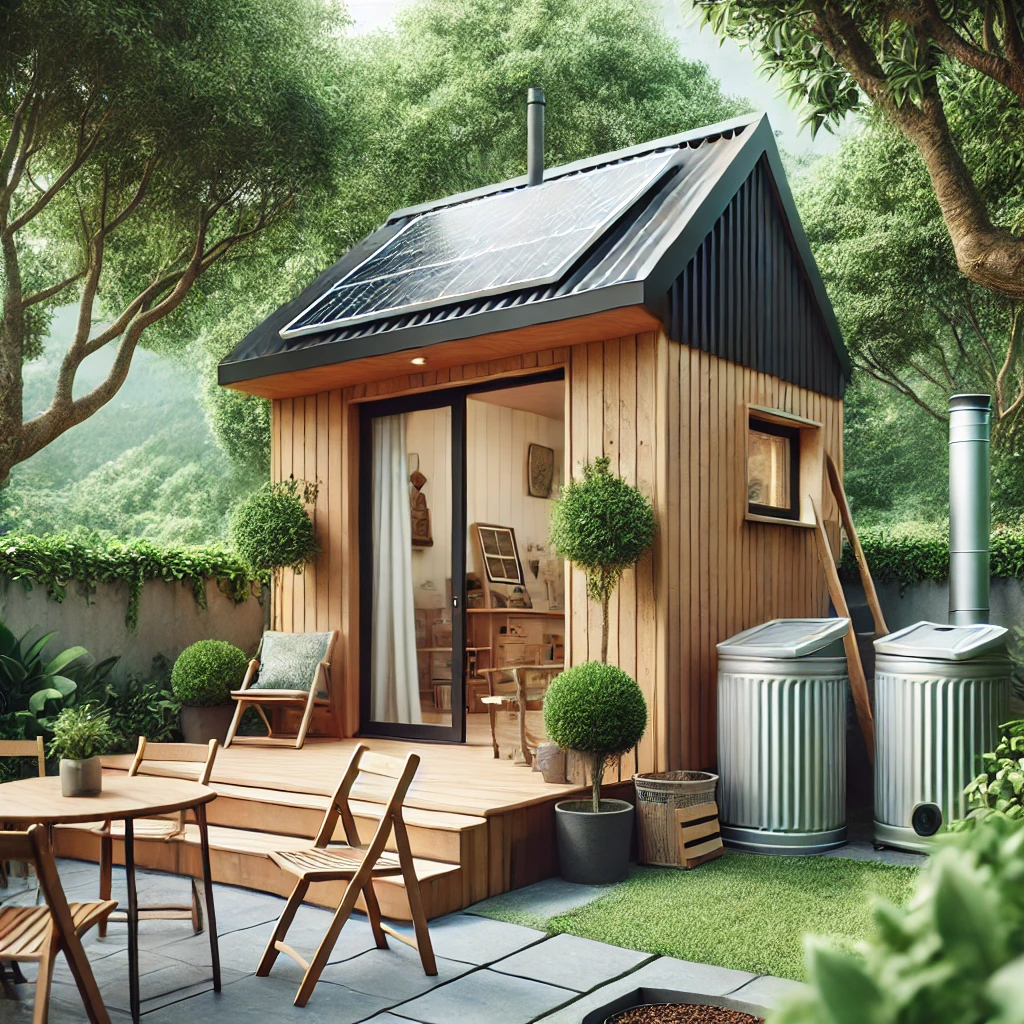
Final Thoughts
Building and living in an eco-friendly tiny house is a rewarding journey. Not only do you contribute to a healthier planet, but you also create a peaceful, cozy retreat that perfectly aligns with your values.